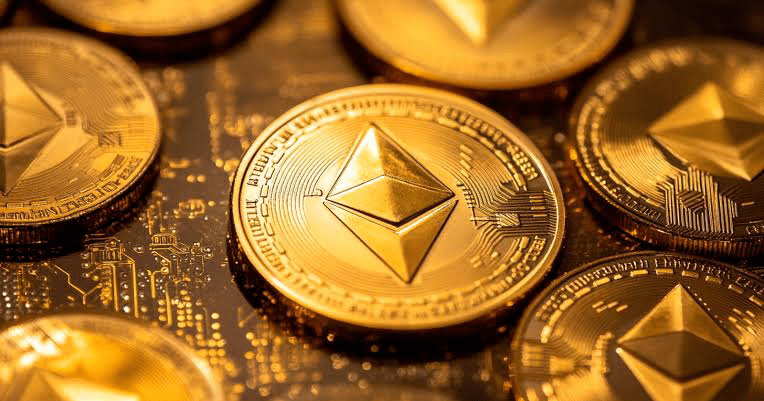As I noticed that many people are already in the crypto market but still do not understand what cryptocurrency really is, I found it worthwhile to make this the theme of our ninth class.
1. The Concept of Cryptocurrency
Cryptocurrencies are decentralized digital currencies, based on cryptography and validated by a network of computers called blockchain.
They do not rely on banks or governments to exist or function.
The prefix 'crypto' comes from cryptography, the technique that protects information and ensures security.
The suffix 'currency' refers to its main function: to serve as a medium of exchange.
⛓️ 2. How Do They Work?
The technology behind cryptocurrencies is called blockchain.
Imagine a public, digital, and immutable ledger where all transactions are recorded in blocks linked to each other.
Each block contains validated transactions.
These blocks are protected by cryptography.
Once recorded, they cannot be changed.
The validation of these transactions is done by a global network of computers, called nodes or miners, that ensure the integrity and security of the network.
💰 3. Cryptocurrencies vs Traditional Currencies
The main difference between a cryptocurrency and a traditional currency, like the real or the dollar, lies in control and operation.
TRADITIONAL CURRENCIES are centralized, meaning they are controlled by governments and central banks, which decide how much money to issue, how it will be distributed, and can interfere in the economy as they see fit. On the other hand, CRYPTOCURRENCIES, like Bitcoin, are decentralized; there is no single authority controlling the network. The validation and recording of transactions are done by thousands of computers around the world, through blockchain technology.
Another point of contrast is in issuance. Fiat currencies (traditional) can be issued without limit, which can lead to inflation. In the case of Bitcoin, for example, the issuance is limited to 21 million units, meaning no one can 'print' more bitcoins after that. This causes many people to see it as a deflationary asset.
Moreover, CRYPTOCURRENCIES have global and instant access: with a mobile phone and internet, anyone in the world can send or receive value without going through banks or intermediaries. Traditional currency transfers often require authorization, bank fees, limits, and business hours.
Finally, transparency and security are greater in cryptocurrencies. All transactions are publicly recorded on the blockchain, which does not happen with the conventional banking system, where data is hidden between institutions.
🧭 4. What is the Purpose of a Cryptocurrency?
Cryptocurrencies can have various functions, depending on the project:
Payment method: like Bitcoin — can be used to buy goods and services.
Store of value: like digital gold — protects against inflation (BTC is the main example).
Access to digital platforms: like ETH on the Ethereum network (gas for smart contracts).
Governance: tokens that allow voting on protocol decisions (like in DeFi).
Incentive and reward: like game tokens, decentralized social networks, etc.
📌 5. Popular Examples
Bitcoin (BTC): The first and largest cryptocurrency. Created in 2009 by Satoshi Nakamoto. It is considered 'digital gold.'
(ETH): Launched in 2015, goes beyond money — allows smart contracts, decentralized applications (dApps), NFTs, etc.
BNB, SOL, ADA: Blockchain tokens with diverse functions — each with its own ecosystems.
⚠️ 6. Risks and Precautions
Despite the potential, the world of cryptocurrencies is still volatile and often misunderstood.
Main risks:
Extreme volatility: prices fluctuate significantly in a short period.
Frauds and scams: promises of easy profits, pyramids, and fake tokens.
Loss of access: if you lose your wallet or private key, you may lose your funds forever.
Lack of regulation: in many countries, there are still legal uncertainties.
Tip: knowledge is your best protection. Never invest in something you don't understand.
Why is understanding cryptocurrencies so important?
Cryptocurrencies represent much more than digital money. They involve freedom, decentralization, global access, and a new perspective on how we can interact with money and the internet.
Understanding cryptocurrencies is like learning the language of a new economy.
You don't need to be an expert to participate, but you need a solid foundation to make decisions safely.


